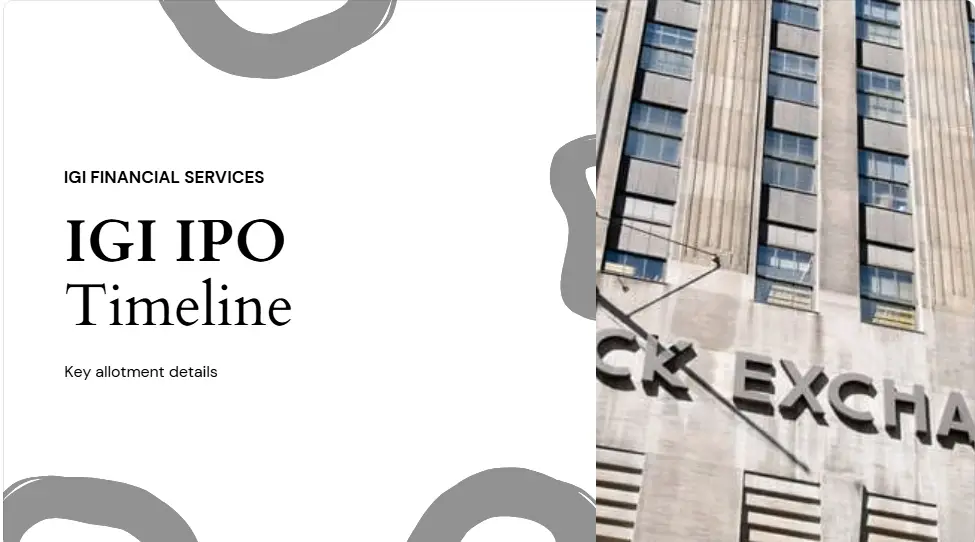Introduction
The P/E ratio of Ford Motor Company (NYSE: F) reached 6.97 on March 19th, 2025, at a level 35.40% below its twelve-month average of 10.78. Investors question if Ford remains an undervalued buy considering its P/E ratio exceeds its historical averages of 17.16.
This article explains Ford P/E ratio while examining industry benchmarks and exploring elements that determine its current valuation. Through analysis of market and historical data you will develop enough information to assess Ford’s investment worthiness.
Ford Motor Company P/E Ratio Historical Analysis
| Period | P/E Ratio | Key Drivers |
|---|---|---|
| 2019 | 930.00 | Restructuring costs collapsed EPS |
| 2020 | Negative | Pandemic shutdowns & losses |
| 2021-2025 | Avg 7.2 | Supply chain issues, EV transition costs |
Key Insight
Ford's P/E ratio shows extreme sensitivity to:
- Macroeconomic conditions
- Restructuring costs
- Industry transformation (EV transition)
Automotive Industry Peer Comparison
Price-to-Earnings Ratio Analysis
Note: Tesla's P/E ratio scaled down 10:1 for visualization
EV Disruption
Tesla commands 65% of US EV market, legacy automakers investing $200B+ collectively
Profitability Variance
Japanese automakers maintain 2x better operating margins than US counterparts
Global Reach
Toyota operates in 170+ countries vs Ford's 50+ markets
Industry Insights
Ford Q1 2024 Earnings: Strengths & Weaknesses
Earnings Performance
During Q1 2024 Ford exceeded the analyst prediction of $0.42 earnings per share to report $0.48 earnings per share. The company achieved this performance thanks to unexpected strong ICE truck sales combined with EV division cost reduction measures.
The lower-than-expected revenue stood at $41.2 billion because European and Chinese markets demonstrated reduced product demand during Q1 2024.
Guidance Updates
The company expects to reach EPS between $1.80 and $2.00 for full-year 2024 while maintaining stability in its supply chain functions.
The EV unit managed to reduce its financial losses to $1.2 billion (from $1.7 billion the previous quarter) while extending its profitability goal to 2027.
Market Reaction & P/E Impact
The company delivered a beating earnings report yet its stock decreased by 3% right after the announcement because investors remain worried about its electric vehicle approach and international market volatility.
Skeptical investors doubt Ford’s long-term Electric Vehicle business prospects which keeps Ford’s stock price lower than its subsegment competitor Tesla.
UAW Contract Impact Analysis
Wage Increases
$900M annual cost increase
Equivalent to 12,000 F-150 profits
Benefits Expansion
- 25% higher healthcare contributions
- Enhanced pension benefits
- Battery plant coverage
Margin Impact
EV Competitiveness
| Ford EV Labor Cost | $68/hour |
| Tesla Labor Cost | $45/hour |
40% higher than non-union competitors
Valuation Consequences
Analyst Consensus: "Subdued multiple until cost offsets materialize"
Expert Opinions: Divergent Views on Ford Valuation
Ford’s $50 billion EV play is still a two-edged sword. Though F-150 Lightning shines, SC may keep returns beneath the cost of capital until 2030. We keep a ‘Hold’ rating and US$ 13.00 target.
Morgan Stanley (Adam Jonas)
“With a 6.9x forward P/E, Ford over-discounts doom and gloom.” Legacy ICE profits ($8b+$ annually) serve as a floor and, any EV catalyst could call for re-rating. Our $16 target implies 30% upside.”
Goldman Sachs (Mark Delaney)
Key Takeaway
Final Word
Fords P/E ratio it is still risky given risks for EV, labor cost, and macros. Investors should consider the company’s robust ICE cash flow against the uncertainty of the EV transition in making investment decisions.








Pingback: Tesla PE Ratio Explained: Is It Overvalued or Genius?